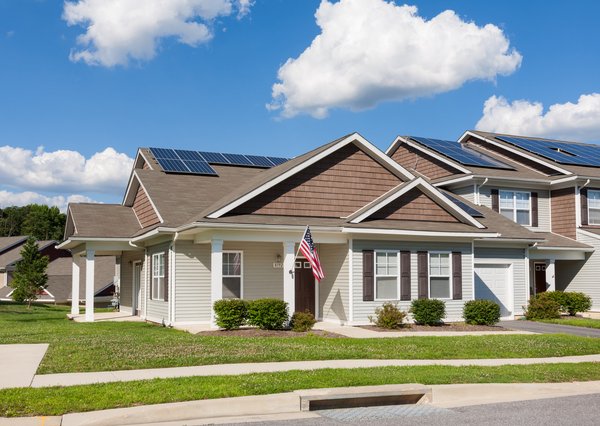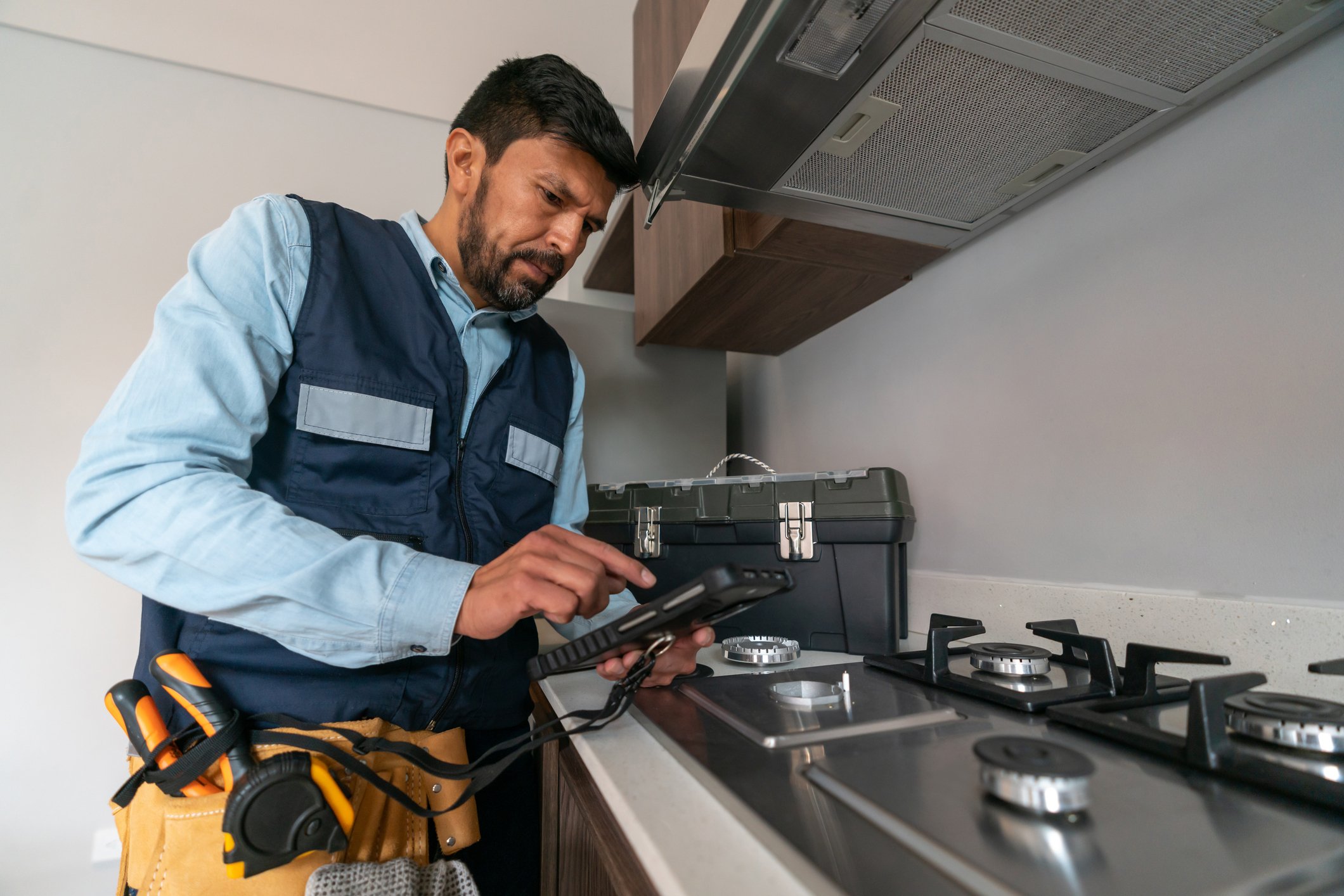
Indoor Wellness Solutions
Readiness starts at home
At Vitacorps, it's our mission to deliver healthy living environments through research-based wellness solutions that empower people to thrive every day.
We spend over 90% of our time indoors
The elements of the indoor environments we occupy – from the air we breathe and the water we drink to the light we’re exposed to throughout the day – can have a profound impact on our health.
In fact, our physical & social environments – and our behaviors within them – have a greater impact on our health than healthcare itself.
Healthy homes play a vital role in the lives of service members, leading to:
Increased satisfaction and morale
Stronger recruitment and retention
Enhanced continuity and operational readiness
Improved overall health and well-being
Program Benefits
-

All Building Types
regardless of age or infrastructure
-

No Major Renovations
given solutions are predominantly engineered at point-of-use
-

Mitigate Critical Risks
helps to address hazardous conditions that may be present
-

Zero Resident Displacement
with no need for temporary housing
-

3rd Party Validation
to confirm scientific benchmarks are met or exceeded

See the Impact: Healthier Living, Increased Satisfaction
82%
Increase in resident satisfaction with on-post housing*
*Vitacorps Case Study at Fort Meade
House Armed Services Committee
“As the Pentagon faces its worst recruiting crisis since the Vietnam War, the DOD must remedy housing problems so that young Americans inclined to service aren't turned off by poor living conditions. There is also a need to retain those service members currently serving.”


